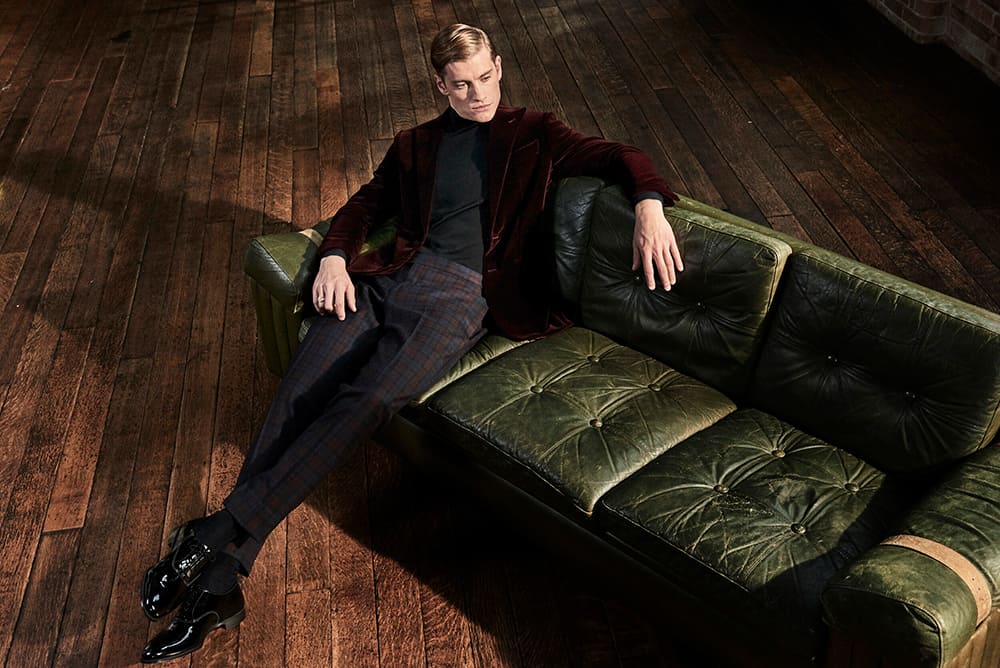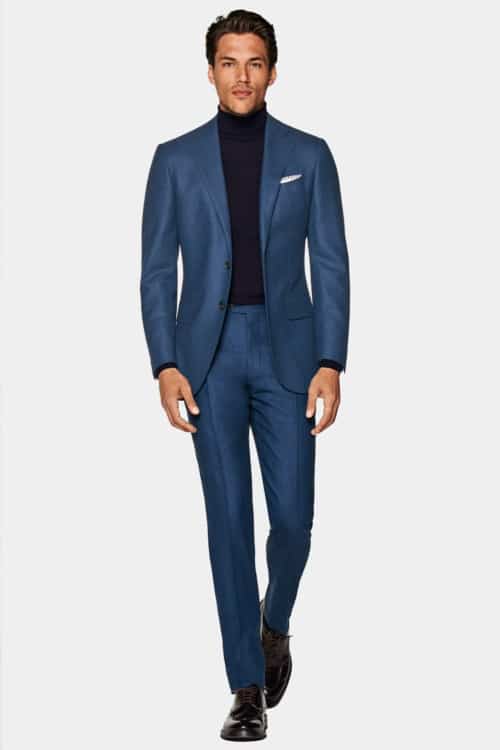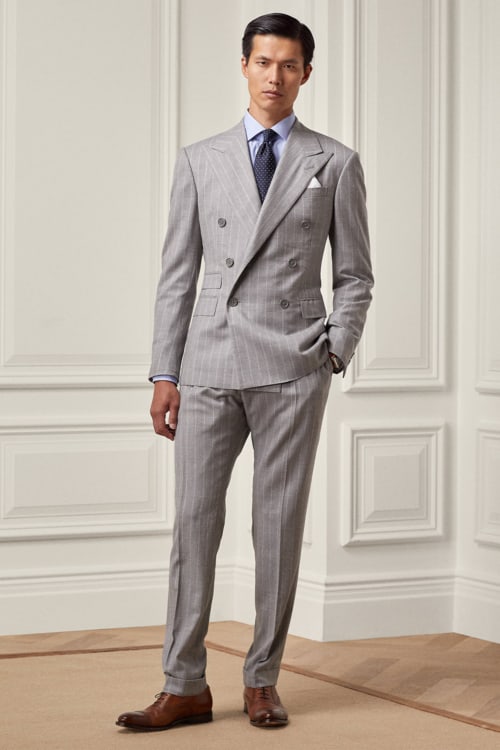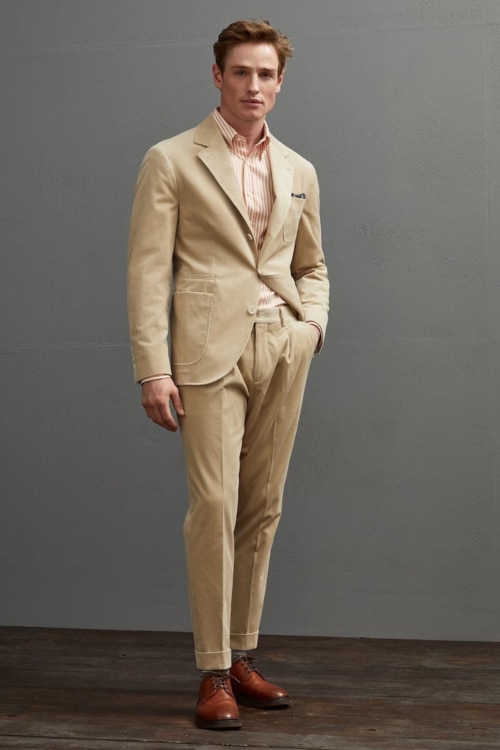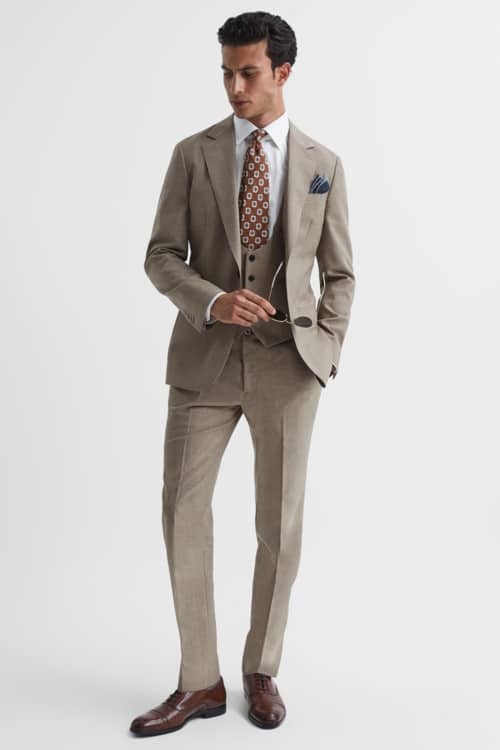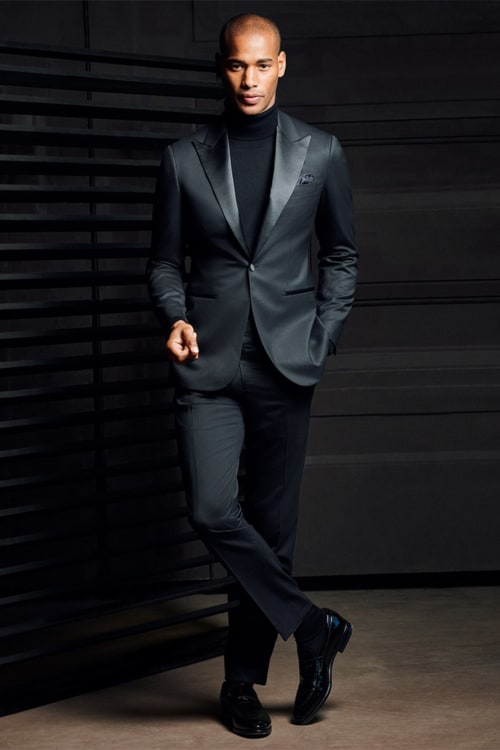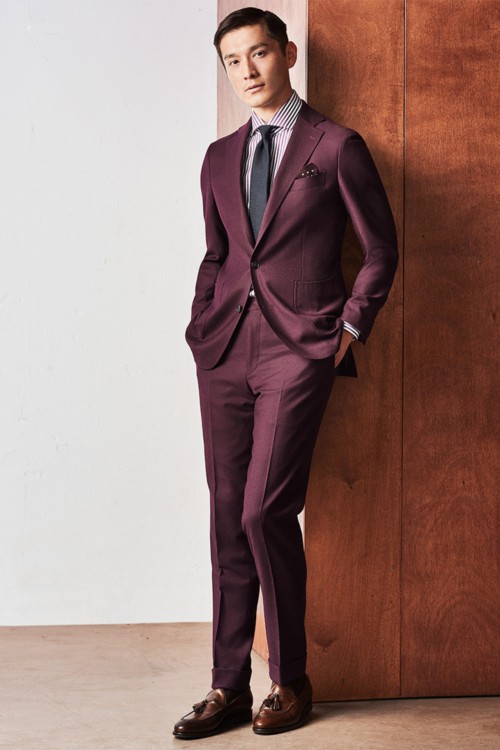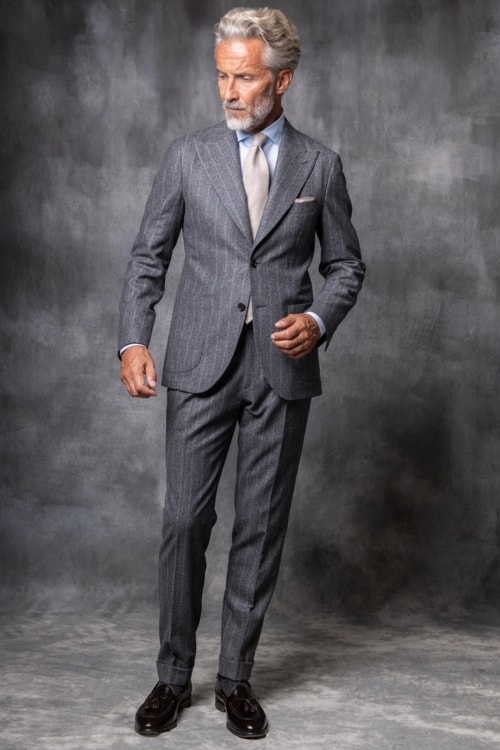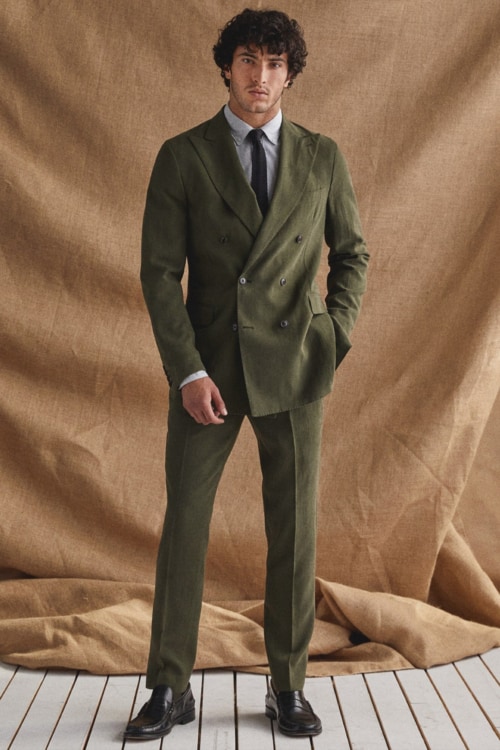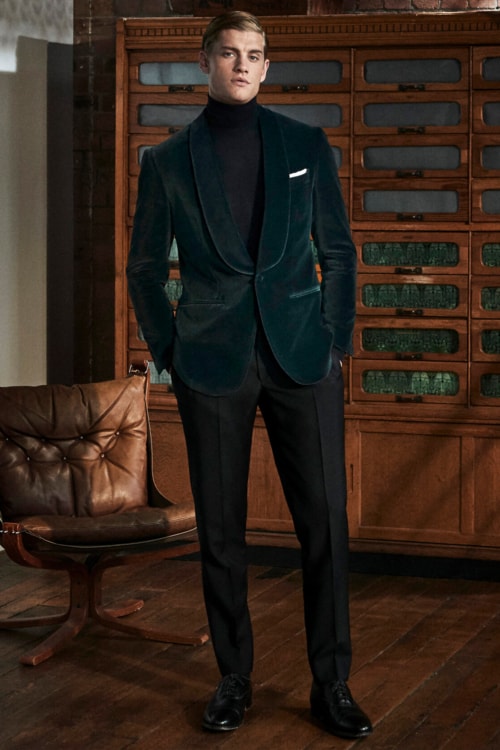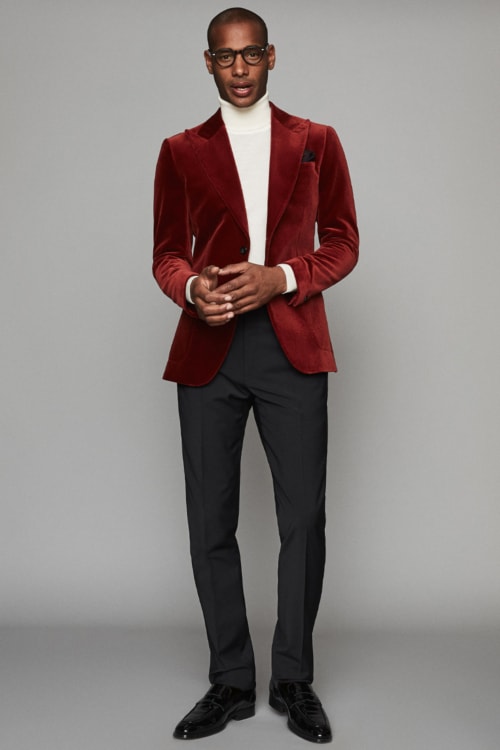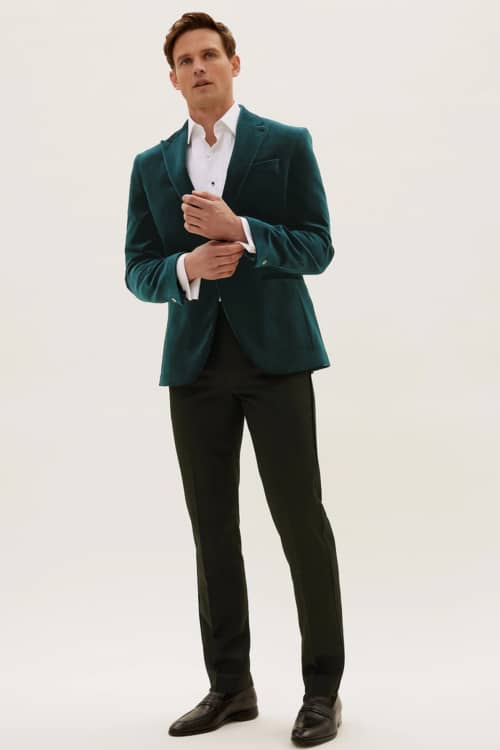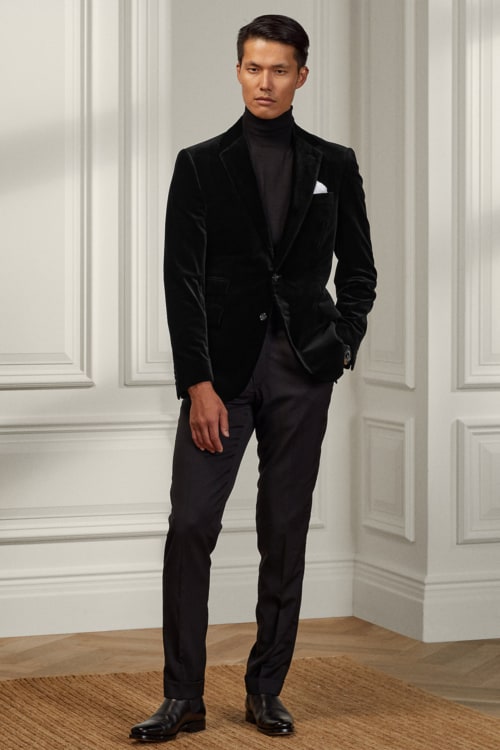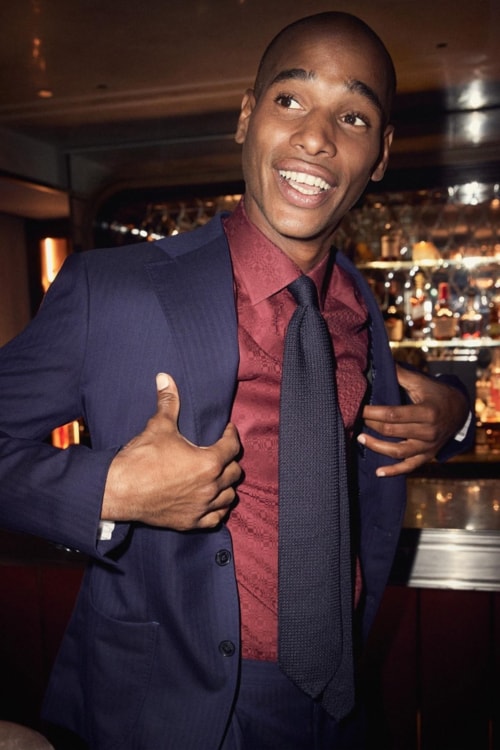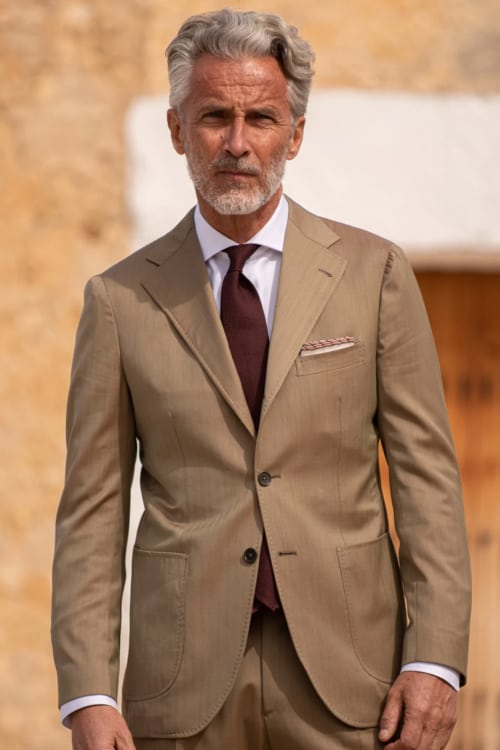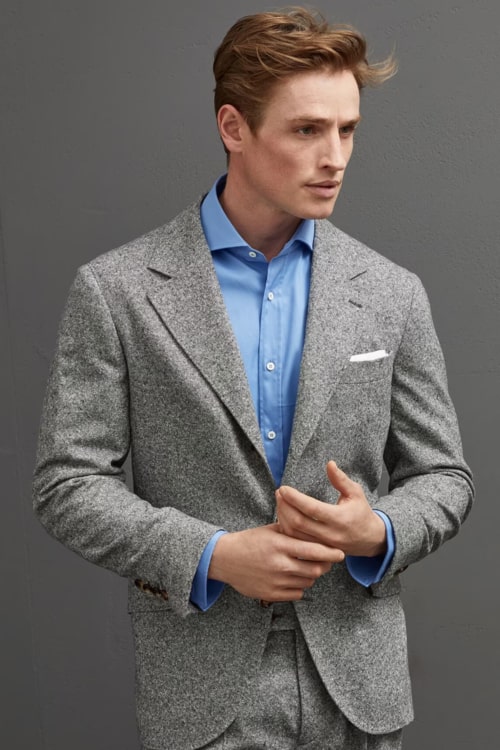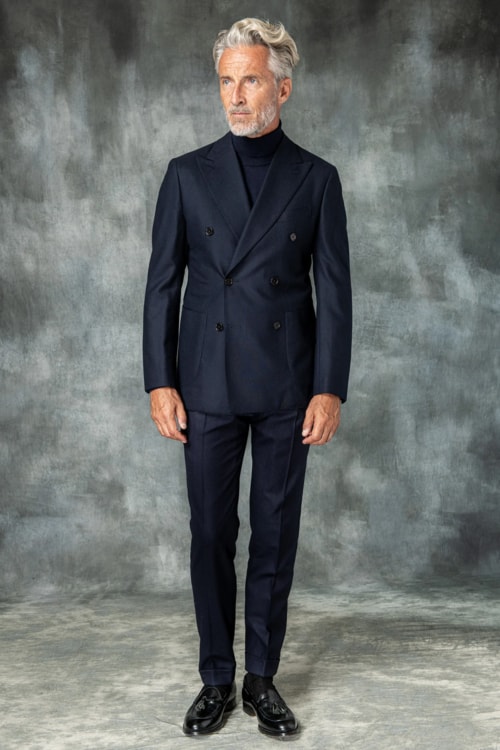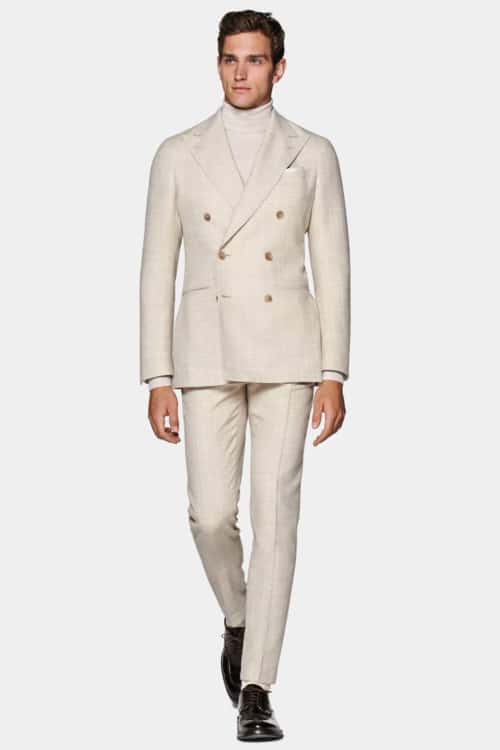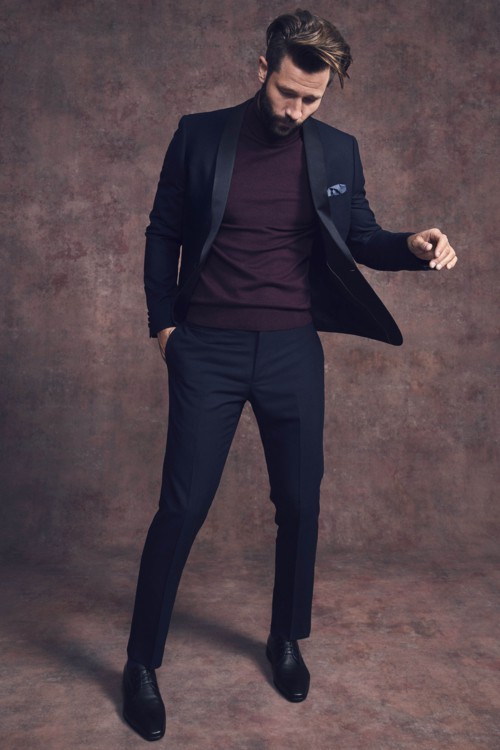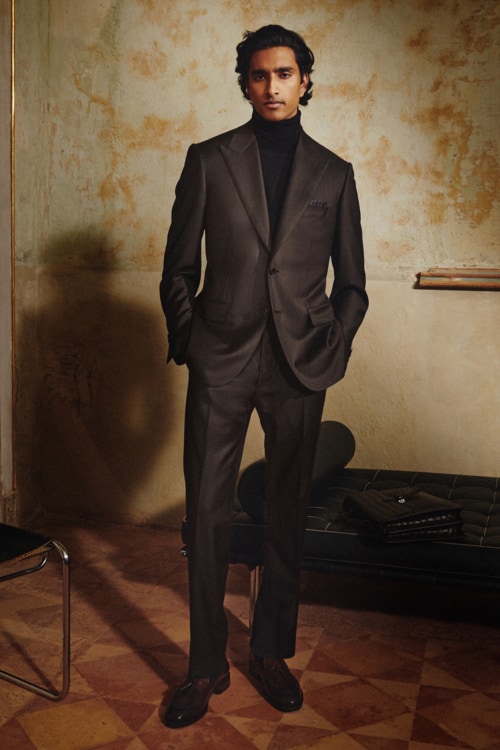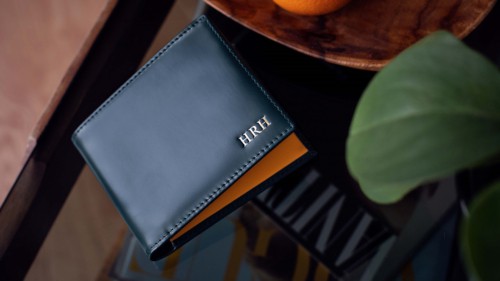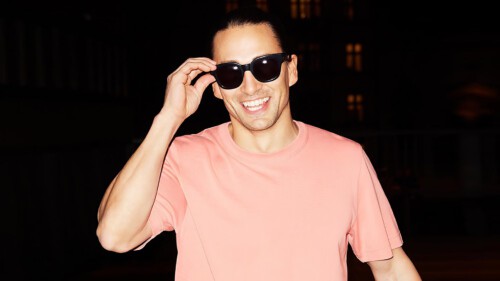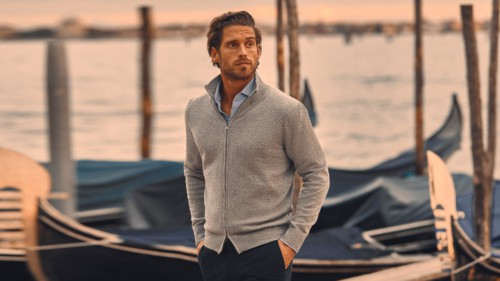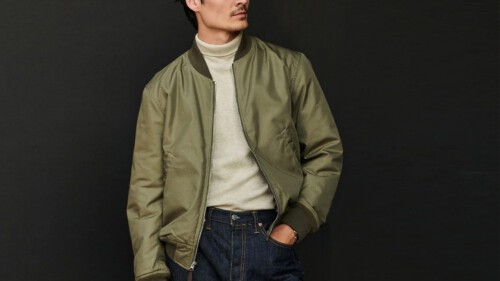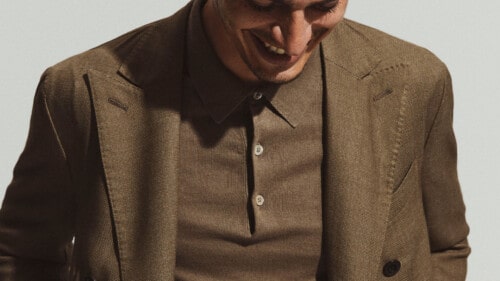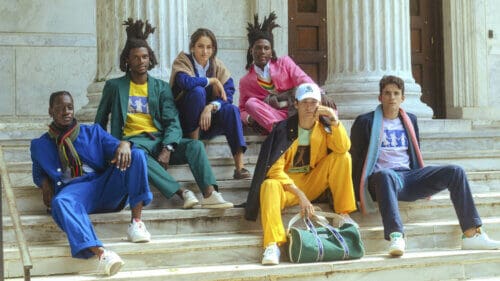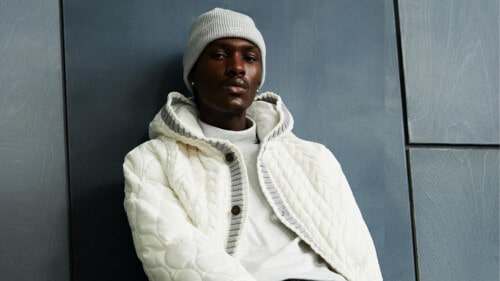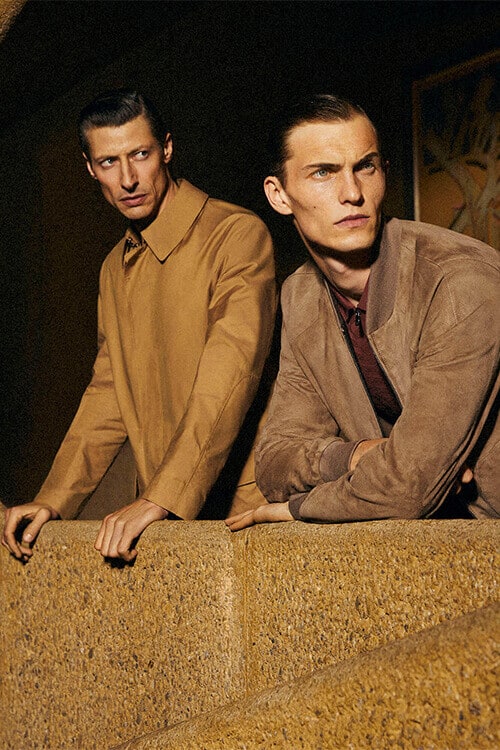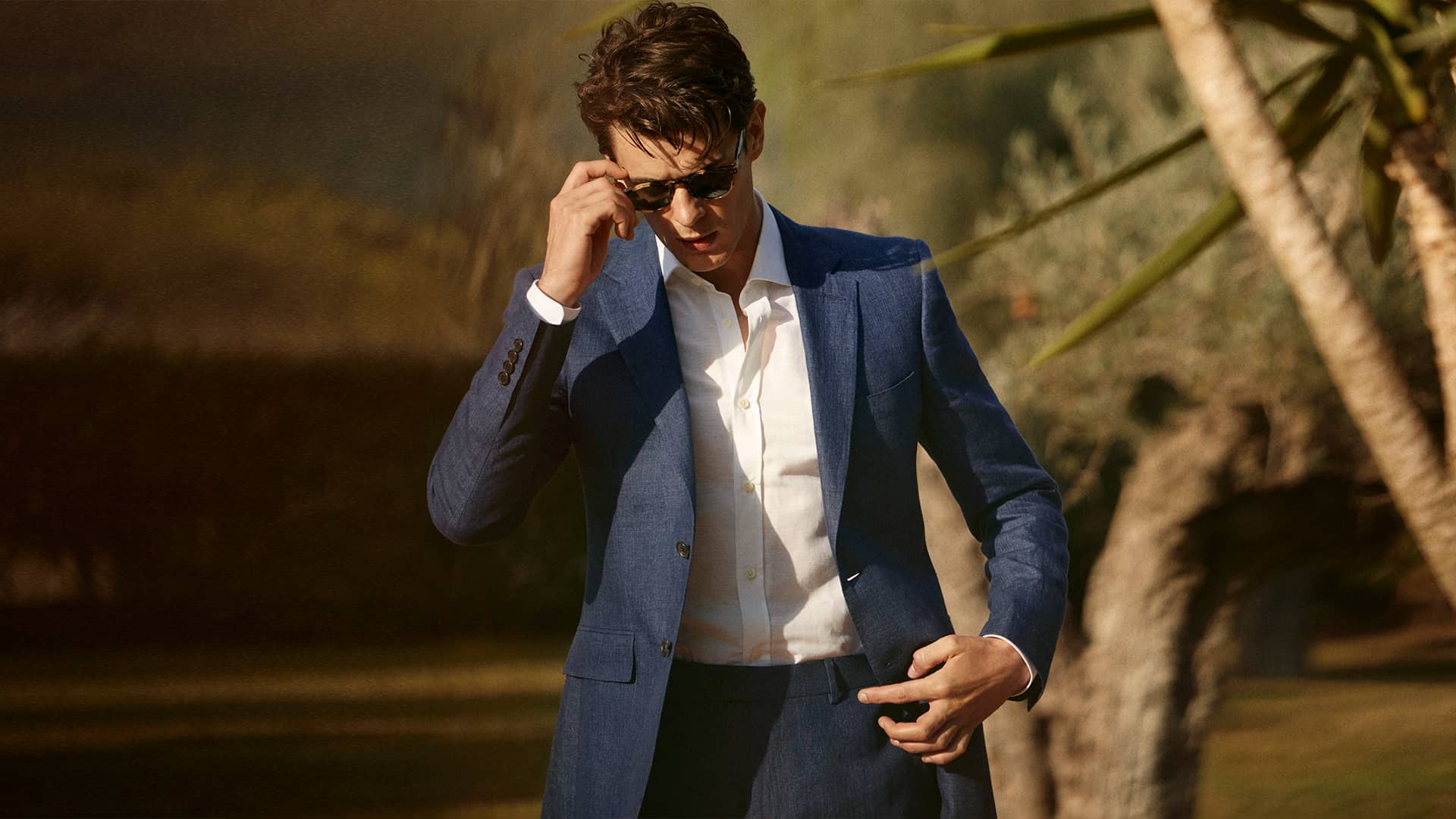
The Semi-Formal Attire Dress Code: A Modern Man’s Guide For 2024
Although it doesn't give much away, the semi-formal dress code is really quite simple to interpret, and even easier to perfect. Here's how to nail it.
At the most formal end of menswear, the sartorial codes are typically clear and don’t require much reading between the lines. Formal sartorial protocol tends to be pretty unbending, as anyone who has ever turned up at the Royal Enclosure at Royal Ascot without paying heed to the dress code will tell you.
Even black tie, which is far more flexible than morning dress, is pretty difficult to get wrong so long as you don’t stray too far from tradition. But as the dress code loosens up, subjective interpretation takes a firmer grip, and that’s not always a good thing.
One such dress code is ‘semi-formal’, which, nominally speaking, doesn’t give much clue as to what it means. However, as you’ll find as you read on, semi-formal is really quite simple to interpret and even easier to perfect.
What is semi-formal attire?
If we were to define formal menswear as morning dress, black tie and white tie, then one would presume that semi-formal dress is equidistant between those codes and casualwear. But that’s the wrong way of looking at it. Instead, think of semi-formal as one notch down from formalwear and you’ll be much closer.
Consider that the semi-formal look started to rise to prominence in the late 19th century when English nobles wanted to dine in something more comfortable than a morning coat. Thus, the lounge suit ascended into the mainstream as a smartly tailored option that allowed for a great degree of movement and, thus, comfort.
Roll forward to today, and the semi-formal dress code hasn’t really changed much: a two- or three-piece suit is deemed the most suitable attire, worn with smart traditional shoes such as Oxfords and paired with a shirt and tie – although the latter has been subject to removal in recent times. If that sounds very much like office attire, then your ears don’t entirely deceive you, but there are a few vital differences that will set the two apart, such as the colour and fabric of the suit and the degree of embellishment with accessories.
Office attire tends to be muted charcoal suiting and little in the way of flamboyance, whereas semi-formal attire can be more expressive, dressy and charismatic (suits cut from patterned cloths or interesting weaves, for example). A great deal of the semi-formal dress code will crossover with cocktail attire when thinking about evening functions, but semi-formal daywear is generally more expansive in its scope for fabrics and color.
When do you wear semi-formal attire?
Think wedding receptions, special birthday parties, dinner parties at fine dining establishments, Christmas events, networking evenings… that sort of vibe. Any event that requires you to be smart and presentable could be deemed semi-formal, but typically the occasion will be celebratory, which is why the dress code allows room for individual flourishes.
What should you wear for a semi-formal dress code?
Like any dress code there are certain boundaries one would be wise to play within. Creativity is one thing, flagrant rule-bending is quite another. Because semi-formal can apply to both daywear and eveningwear, it’s important to make the distinction, so read on to discover the best options for both types of occasion.
The day suit
When a day event requests semi-formal attire, it’s typically going to be a wedding reception, smart birthday celebration, or something along those lines, so coming in too business-like is not going to cut it. That doesn’t mean charcoal or navy suiting is off the table, but if you catch yourself slipping into your work uniform, give yourself a talking to.
Single-breasted suits are going to be that little bit less formal than double-breasted styles, but there is no right or wrong. Similarly, your lapel width and cut is totally subjective.
Your suit color palette can be that much more expansive during the day. Avoiding typical charcoal and navy styles will help you stand out from the crowd. Lighter grey tones (often with chalk stripes), tobacco, green and light/mid-blue all deliver much more character and afford you more colorful styling options.
Your choice of fabric is key, too. We would recommend opting for a wool cloth that isn’t completely one dimensional in tone and/or texture. Try something that has a visible weave (such as herringbone) or notable texture (such as flannel). If you are going to stick to charcoal or navy tailoring, then the same advice applies double; look for interesting fabrics that elevate the look.
The evening suit
A semi-formal suit is not your ordinary charcoal 9-5 number in disguise. Instead, you’ll want something more characterful and flamboyant but equally sophisticated. Darker tones such as rich deep navy, burgundy, dark green and black are all excellent canvasses.
Plump for seasonal fabrics where you can. Linen and linen blends are beautifully textural cloths for the summer, whereas corduroy, velvet and wool flannel make for tactile options in fall and winter.
A three-piece suit has an additional element of formality and can really make the difference in a sea of two-pieces.
Dark suit fabrics can look the same under certain lighting so if you’re going down this route it’s a good idea to opt for a cloth with an interesting weave such as herringbone, sharkskin or even fine wale corduroy, all of which catch the light.
As far as the suit style goes, broader peak lapels in that classic Italian Neapolitan style have that much more panache than a notch lapel jacket. Single-breasted or double-breasted styles are a matter of personal taste – don’t let anyone tell you any different. The latter are typically thought of as the more formal option but really it depends on the cut and material.
There are plenty of double-breasted styles that can look casual and louche, but you may find a one-button, single-breasted style that much more versatile.
Are separates appropriate for semi-formal attire?
The question of whether suit separates belong in the semi-formal dress code is a contentious one, so we’ll lay out our side of the argument here. When it comes to daywear, we would suggest that separates are a step too far in the casual direction and should be avoided. Some more experienced sartorialists will be able to pull off the ‘spezzato’ look of splitting suits, but it’s difficult to get right.
Eveningwear is a different matter because you have more sartorial weapons in your arsenal, not least velvet jackets. Cotton velvet dinner jacket styles in black, navy, burgundy, tobacco, burnt orange, pink and racing green are all excellent options when combined with black tailored trousers. Dark corduroy jackets also offer a great textural difference to the typical wool blazer.
The shirt
A dress shirt is your go-to choice for semi-formal attire. A smart spread collar worn with or without a tie is the way to go in most instances because it provides structure and frames the face well.
For day events, your shirt can be quite expressive, with a pinstripe, for example, but in the evening, either a crisp white style or a dark, muted tone is a foolproof option. Pastel tones can work in the summer with light-colored suits in tropical wools, but don’t be tempted to carry them through to the evening – they’ll lack gravitas. Instead, stick with dark tones paired with a midnight navy suit for a sophisticated finish.
As for the aforementioned tie, our preference would be to wear one – because they are an excellent sartorial device for adding colour, pattern, and texture – but in many cases it’s perfectly fine to do away with it. You’ll have to gauge the event to make that decision.
The roll neck
Semi-formal events in the day will almost always be perfect for a shirt, but for evening occasions you can be a little more flexible. The fine-gauge merino roll neck has long been considered a worthy alternative to wear with a suit and is especially effective in dark tones (think forest green roll neck and burgundy velvet dinner jacket or charcoal roll neck and ivory flannel blazer). Just make sure you go for the most lightweight merino or cashmere that you can find, otherwise you’ll self-combust.
Knitted polos and plain T-shirts have become popular options for dressing down the formality of a suit in recent seasons, but don’t be tempted. ‘Semi-formal’ should not be translated as ‘dressing down’. It is merely a step back from the most formal of menswear genres, so a structured shirt collar is the way to go.
The shoes
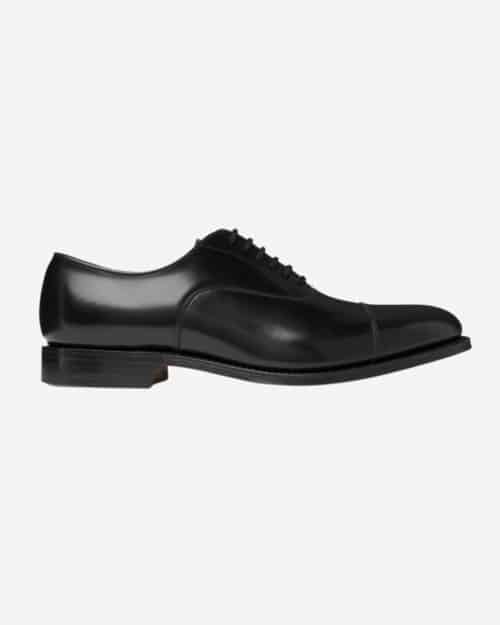
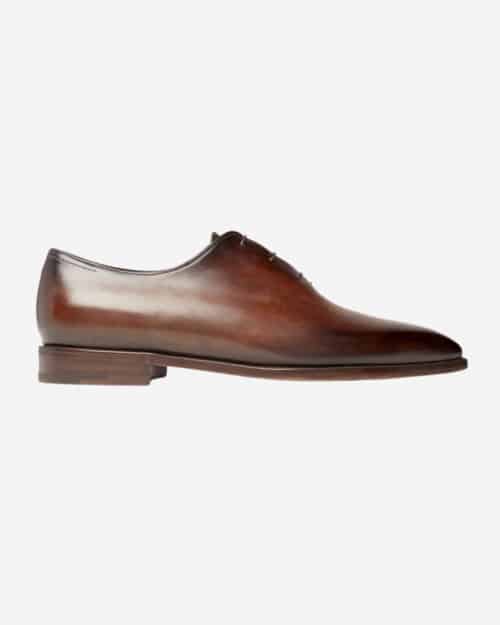
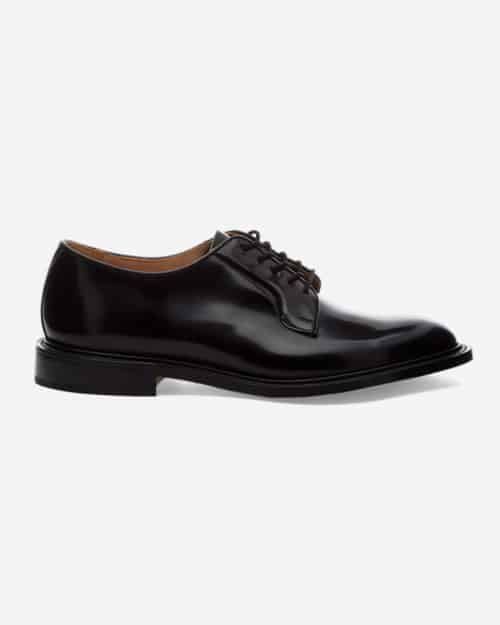
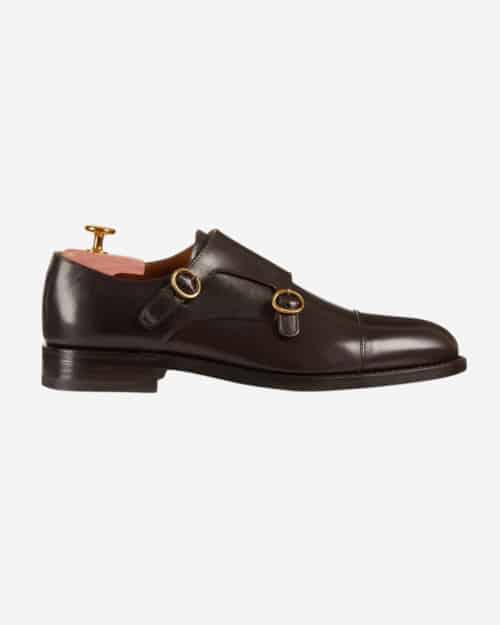
Semi-formal footwear is easy to nail because your choices are fairly narrow in terms of styles. Top of the tree is the traditional Oxford, of which there are a couple of variations, such as a wholecut style, which luxury shoemakers such as Berluti specialise in, or the more traditional variation with or without punched accents at the toe.
Black or tan colorways are ideal, depending on the color of your suit. Derbies are another a good option but avoid the chunky on-trend styles and stick to the classic svelte silhouette. Monks and double-monks are also worthy of consideration, especially for eveningwear, when the buckle can add a little something extra to your ensemble.
Loafers often lean a little too casual, but they can work. The trick is to pick a structured pair in dark polished leather and always wear them with socks.
The accessories
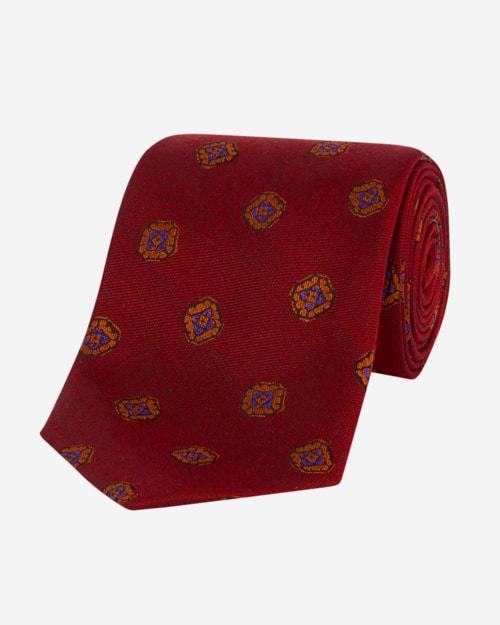
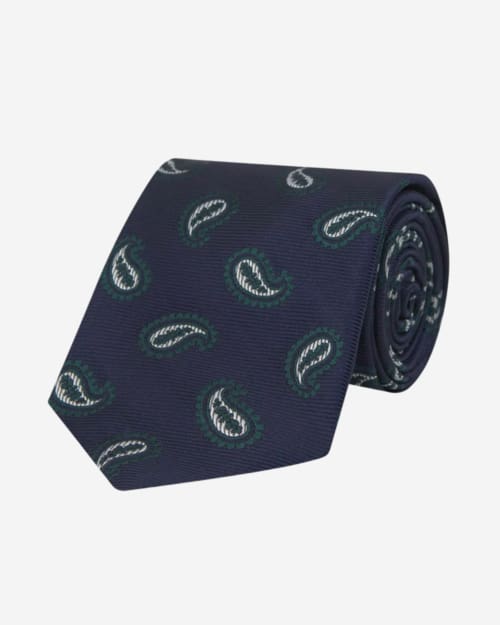
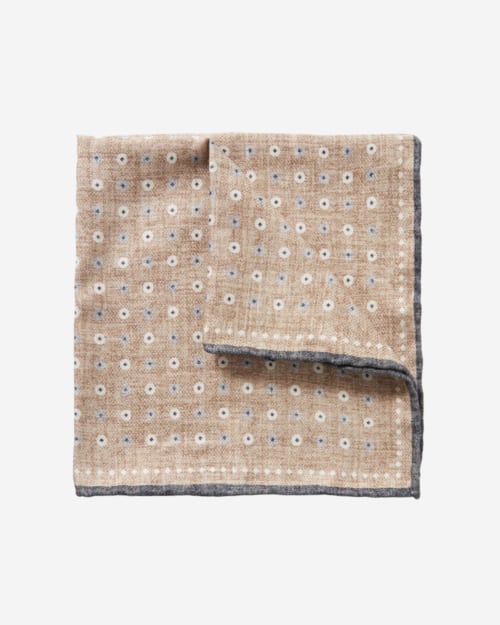
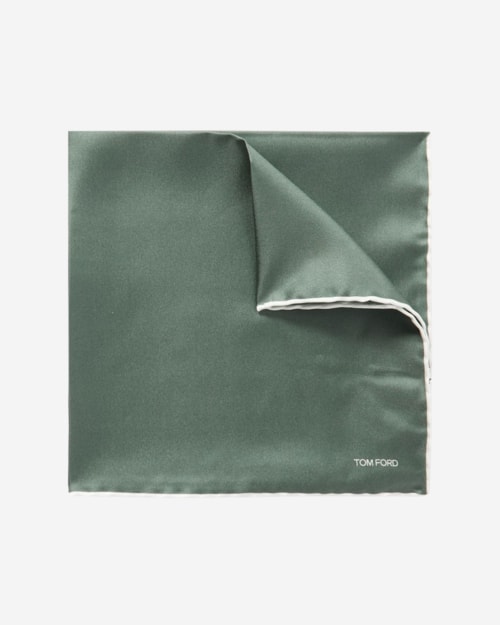
The tie has become somewhat disposable in today’s loose reading of dress codes, but with semi-formal attire we would always recommend you don one if you are going to be wearing a structured collar shirt. A great tie will inject a sliver of silky colour, pattern and texture to an otherwise monochrome look and helps to better frame your face.
The discreet flash of a pocket square is another excellent but sadly underused tool for bringing something different to your semi-formal look. Whether neatly folded or nonchalantly stuffed, that subtle injection of color and pattern can totally lift a suit. It needn’t match the colors of your tie either – use it as a contrast for maximum effect.
